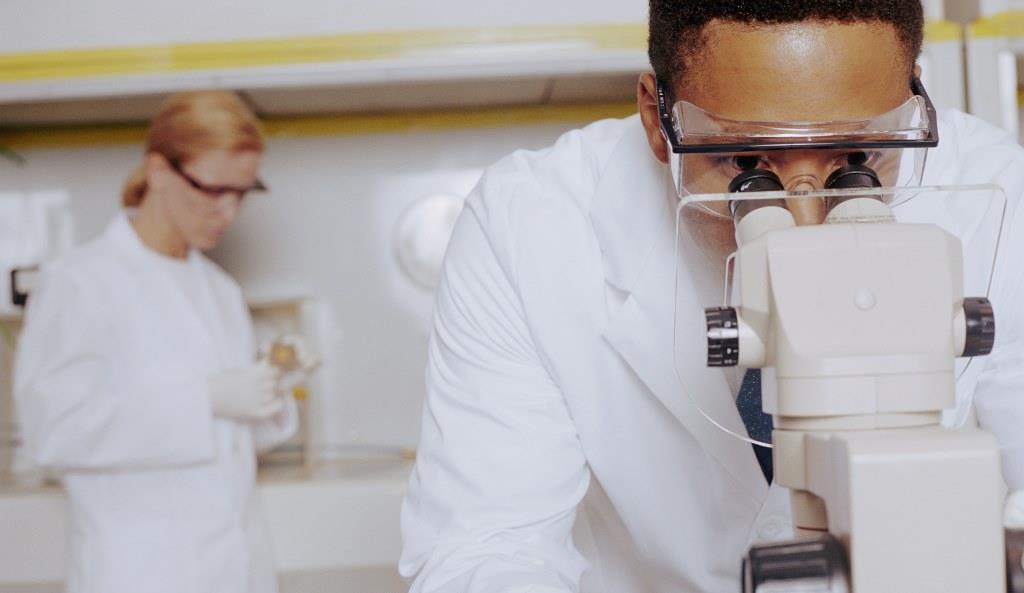Setting up a commercial entity:
Collaborating early with the intended licensee or acquirer or joint development partners
Having guided the client company through product candidate identification phase, followed by the in vitro and early in vivo modeling and proof of concept, our assignment team of experts had confidence in the credibility of the accumulated scientific support data. That is, we had generated sound experimental SOP’s to support the lead product candidate and to demonstrate that the findings were consistent and reproducible. Further, the product candidate had been successfully transferred to 3rd Parties for independent verification and validation. Accordingly, we were ready to take the candidate to the next level of commercialization – that is, to position it before the executive decision makers in the ranks of our proposed customer companies.
- In: Track Record
- Hits: 1800
Setting up a commercial entity:
Identification of potential product candidates
Over the course of approximately 8 years, a group of Angel Investors provided research funding to support sponsored research supporting the biomedical applications of nanotechnology. The research was carried out at a world-acclaimed medical school in California. The novel discoveries that stemmed from the sponsored research were patented, and title to the resultant 9 issued international patents, were held in trust by the Regents of the university where the research was conducted. We were approached to
(1) analyze and do due diligence on the IP to gauge its likely “resilience” to any ensuing competitive patent applications;
(2) and then to identify any potential product candidates that were covered by these IP claims.
- In: Track Record
- Hits: 1833
Setting up a commercial entity:
Plotting the Regulatory Affairs Road Map
Having firmly established a strong base of scientific support data, and having demonstrated in select experimental models that the product candidate was “safe and non-toxic”, the client was ready to proceed to the human “proof of concept” phase of development.
The company engaged us to guide them through the “first in man” clinical studies.
The discovery research that formed the basis of this commercial opportunity had been carried out in a medical school at a world-acclaimed university.
- In: Track Record
- Hits: 1711
Setting up a commercial entity:
Proof of Concept
In the BioPharm Industry, Proof of Concept usually refers to early clinical drug development, conventionally divided into Phase 1 and Phase IIa. Phase 1 is typically carried out in a small group of healthy volunteers. However, in the Start Up environment, the prior proof of the concept phase typically requires the sequential performance of a series of prerequisite scientific studies that are executed in the laboratory. These complete scientific results are required before the Regulators will permit any “in man” Proof of Concept studies to proceed.
- In: Track Record
- Hits: 1634
Setting up a commercial entity:
Going far beyond the seed capital without giving up equity
Debt financing is not uncommon in the start-up world. In certain cases, investors may commit seed capital to a start up in exchange for part ownership or an equity share. Early-stage Angel Investors or first-round VC are aware that early-stages of product development proceed in a relatively unpredictable environment, and that the risk of failure is far higher than that for advanced stage products.
Therefore, the prudent usage of seed capital is crucial for the longer-term survival of a start up. We were assigned the task of expeditiously adding value to a start up such that the transition from seed-funding phase to the inevitable follow-on financing and the need to give up a share of equity, was delayed as long as possible. An aligned task was to build a solid foundation of empirical support data, which could be used for business development with collaborators and partners – that is, the start-up’s prospective customers.
- In: Track Record
- Hits: 1772


